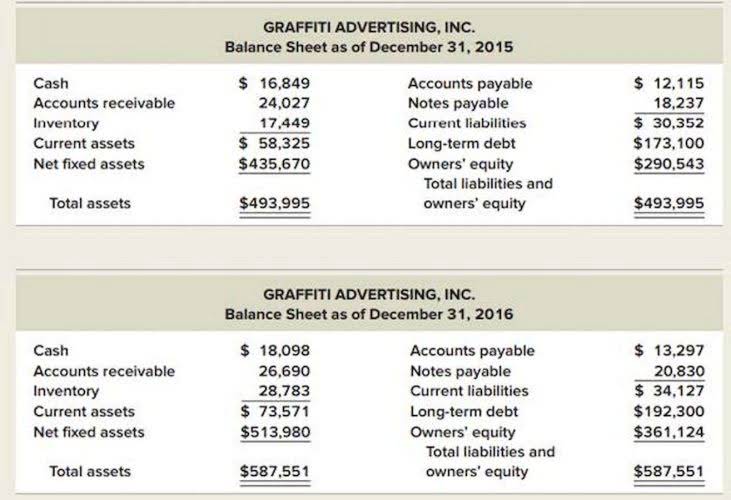Small Business Guide: How to Accept Recurring Payments

Ultimately, Clockify is a safe space where time and billing combine into one optimal invoicing system for recurring revenue businesses. Automated payments present a popular option for recurring revenue businesses. Bookstime Yet, their questionable reliability may force you to consider an alternative.
- All feedback, positive or negative, helps us to improve the way we help small businesses.
- Regardless of which you consider, the best subscription offering is one that’s designed through the customers’ eyes.
- Meanwhile, recurring billing is an automatic payment process at predefined intervals.
- Although subscription flexibility can improve customer satisfaction, it also means that you can lose out on payments when customers can cancel anytime, often without significant penalties.
- With a recurring billing model like tiered pricing, your business can boost revenue growth by incentivizing existing customers to upgrade to a higher tier.
- The system also allows you to set up a frequency schedule for missed payment reminders.
- This surprise and delight found in every new box—in addition to overall cost savings compared to the per-item price—is what has made this vertical a subscription juggernaut.
Everything in Business +
Razorpay automatically charges customers what is recurring billing at designated intervals according to your plan, eliminating manual work. Recurring billing software incorporates tax calculations into the automated billing process. It ensures accurate and compliant tax assessments, alleviating the burden on businesses to manually calculate and apply taxes for each transaction. After authorisation and processing, transactions contribute to accurate revenue recognition through accounting and reporting. Quantity-based billing involves charging customers based on a pre-agreed quantity, such as the number of licenses, seats, or storage capacity purchased.
The Guide to Setting Up Recurring Payments

Cable bills, cell phone bills, and streaming service bills are examples of common recurring bills. With PayPal Recurring Payments, merchants can regularly bill their customers for goods or services. To set up PayPal Recurring Payments, you must have a PayPal Business account. Once you have a PayPal Business account, PayPal provides detailed instructions on its website for how to set up subscription plans and accept PayPal, credit, and debit card payments on your website. After cancelling the payment through the service provider, it’s a good idea to confirm the cancellation with your bank. Share details of your correspondence with the merchant and request the bank to revoke or block further payments if necessary.
Are monthly or annual billings better?

She brings practical experience as a business owner and insurance agent to her role as a small business writer. It relies heavily on its blog to help customers troubleshoot problems, which can lead to unresolved issues and frustration. Support for different compliance environments; accrual or cash basis accounting options; customizable workflows. As a result, your revenue can fluctuate unexpectedly, and makes it harder to determine the lifetime value of a customer.

More and more consumers now prefer the convenience of subscriptions to access the products and services they desire whenever they need them. Transitioning from one-time transactional sales to building a subscription model offers various advantages. With this shift, companies can increase recurring revenue opportunities, reduce their administrative load, and turn buyers into lifelong customers. For businesses, the downside of monthly payments is that they require more time and effort — even with an automated system. After all, you should still personally check invoices for any billing errors.
Can I get detailed reports on my subscription growth and revenue?
With customer data insights, subscription experiences could be personalized to enhance customer satisfaction, retention, and ARPU. Personalization could be recommending relevant add-ons or sending customized communication based on their unique preferences and behaviors. Forbes Advisor took a look at the leading recurring payment providers to see what each did well and where they may have missed the mark.
Annual vs. monthly billing cycles
Rather than manually processing payments, recurring billing automates this process for predictability and consistency. Imagine a customer signs up for a subscription (product or service) and agrees to a recurring billing arrangement. The customer would need to provide bookkeeping their payment details just once, consenting for these specific charges to be applied to their account according to the established frequency. That schedule could be monthly, quarterly, annual, or any other agreed interval. Upon agreeing to these terms, the merchant is authorized to process automatic payments from the customer’s credit card, debit card, or bank account.
- This can be achieved using incentives like discounts or additional benefits for annual or multi-year commitments.
- Vendors’ marketing messaging, and a lack of standardization in the market, amplify the challenge.
- This ensures that no future transactions are processed without your authorisation.
- Thomas J Catalano is a CFP and Registered Investment Adviser with the state of South Carolina, where he launched his own financial advisory firm in 2018.
- Fixed billing involves collecting a consistent, predetermined amount from customers in each payment cycle.
- Recurring billing simplifies the continuation process, making it less likely for customers to reconsider their decision at every billing cycle, thus enhancing customer retention rates.
You’ll also want to consider the integrations that you need with other business tools that you use. Most people will want a platform that integrates well with accounting software and likely the CRM they use. Integrations allow for more automation, which frees up a business owner’s time to build the business rather than manage payments. Recurring payment is a billing model that allows businesses to charge customers repeatedly for products or services at predefined intervals. Recurring payment intervals can be weekly, monthly, annually, or on a customized timeframe.
- Understanding and acting on the underlying causes of churn can transform a potential negative into an opportunity for service improvement and customer retention.
- Online subscription billing software like Invoicera can revolutionize the way SaaS businesses manage their revenue.
- Instead of manually generating invoices each time a payment is due, businesses can use recurring billing software to set up periodic charges – weekly, monthly, or annually.
- Imagine a customer signs up for a subscription (product or service) and agrees to a recurring billing arrangement.
- This consent authorizes your business to charge their chosen payment method automatically each billing cycle, as well as defines what that billing cycle will be.
- Most subscriptions are open-ended, meaning that the consumer is charged indefinitely until the subscription is either canceled or the submitted card on file is no longer valid.

Customers also appreciate the convenience of recurring payments, as it prevents them from having to transact with your business manually. If you already have a payment processor, make contact and see what already may be available to you and how to implement it easily. The best online credit card processing companies offer plenty of third-party integrations and multiple payment gateway options, so you shouldn’t have too much trouble adding recurring billing. Forbes Advisor used a complex methodology to score each company in this roundup.
